Organic Tian Mu Yun Wu Green Tea
$19.90 – $35.90Price range: $19.90 through $35.90
Description
| Origin: | Qiandao Lake, Chun’an County, Hangzhou City,
Zhejiang Province, China |
|---|---|
| Season: | Spring Tea |
| Harvest Date: | April 20, 2025 |
| Dry Leaf: | Deep green, curly, wiry and well twisted,
acicular shape, covered by a high percentage of white fuzz |
| Aroma: | Dry stir-fried bean aroma mixed with slight fresh flowery flavor |
| Liquor: | Light green, abundant fuzz suspended |
| Taste: | Smooth and soft, brisk and sweet as mountain spring water |
| Tea Bush: | C. sinensis cv. Cuifeng |
| Tea Garden: | Qiandao Lake Organic Tea Garden |
| Caffeine: | Low caffeine (less than 10% of a cup of coffee) |
| Storage: | Store in airtight, opaque packaging; keep refrigerated |
| Shelf Life: | 18 Months |
 |
Cup Method |
 |
Chinese Gongfu Method |
 |
Teacup: 8.8oz / 250ml |  |
Gaiwan: 3.8oz / 110ml |
 |
185℉ / 85℃ |  |
185℉ / 85℃ |
 |
3 Teaspoons / 3g Tea |  |
4g Tea |
 |
Brewing time: 5 – 8 mins |  |
5 steeps: 20s, 30s, 40s, 50s, 60s |
| Rinse time is around 5 seconds |
Qiandao Lake Organic Tea Garden is located in Chun’an County, Hangzhou City, Zhejiang Province. It belongs to the subtropical monsoon climate, with an average annual temperature of 17.0°C. The tea produced here has strong lingering aroma, taste mellow and smooth, and these features all thanks to:
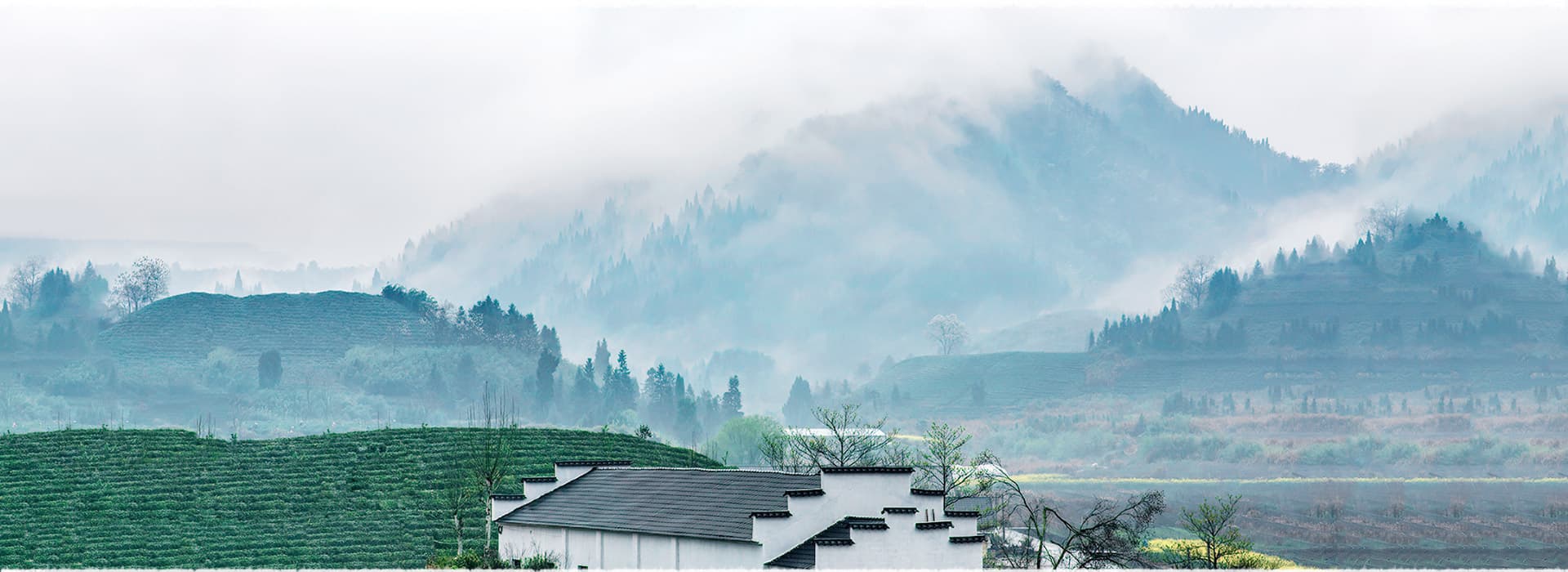
Slightly Acidic Sandy Soil
The loose soil condition makes it breathable and water permeable; deep soil layer makes it rich in minerals and trace elements. So the tea grow here is rich in natural nutrition.
National First-level Water Conservation Area
The tea garden is nourished and influenced by the water of Qiandao Lake. Qiandao Lake is a national first-level water body, and its water can reach the drinking water standard without any treatment. Such an innate condition ensures that the environment in which the tea trees grow is pure and pollution-free, and gives the finished teas a natural sweet aftertaste.
Natural Oxygen Bar
The annual PM2.5 value of the Qiandao Lake area is lower than 20, where the air is fresh and the forest coverage rate in the lake area is high. The lake itself just like a huge air purifier, for its wide water area can release a large amount of negative oxygen ions every day, so that forms a big natural oxygen bar, and also nourishes the tea trees.
Shrouded by Mist and Clouds
Influenced by the regulation of the lake water, the local area is mist-shrouded, warm and humid all year round; clouds absorb ultraviolet rays to form diffuse lights, which is very favorable to the growth of tea trees and the transformation of its internal materials.
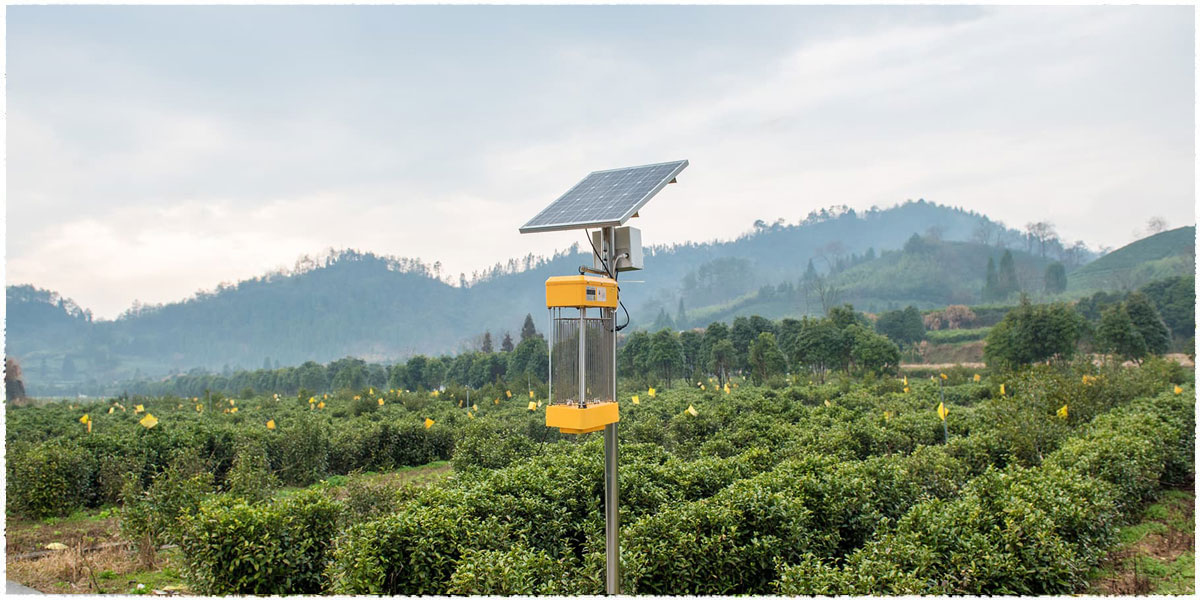
Sticky boards and solar insecticidal lamps were set up between the tea trees to induces and eliminates pests and also can avoid contamination of chemical agents.
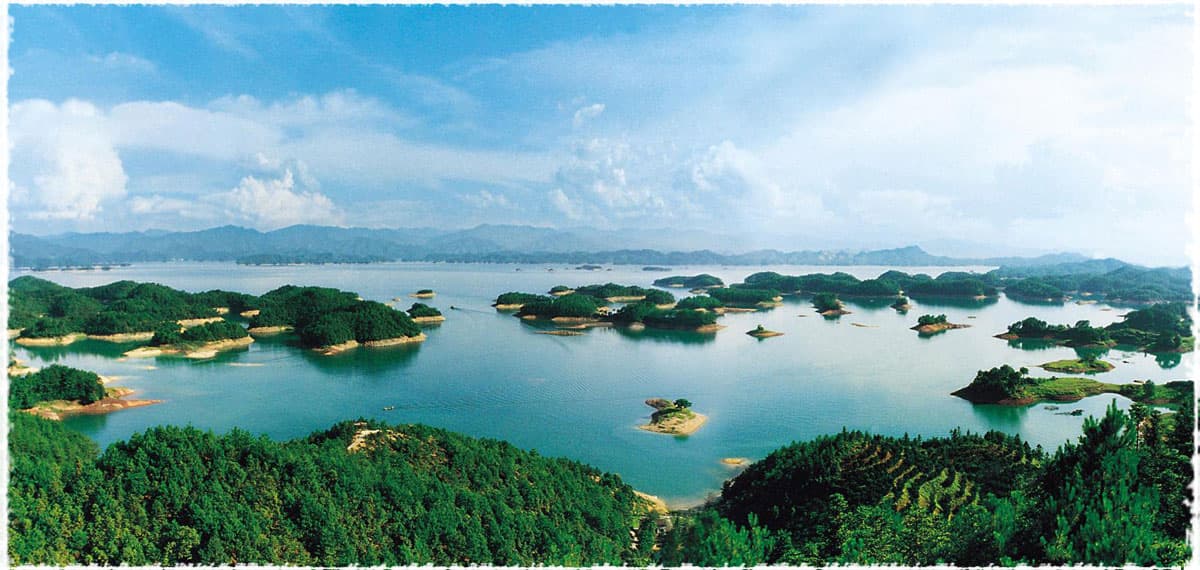
Qiandao Lake, a national first-level water body, and been known as the natural oxygen ba
Chun’an County locates on the west of Zhejiang Province; here is the birth place of the first batch of national-level tea tree – Jiu Keng species, and also the most ancient tea area of China. The tea production history of Chun’an can date back to Eastern Han Dynasty, which is 2000 years from now. As the saying goes, good mountains and rivers produce good tea. A world-famous scenic spot, Qiandao Lake, is located in Chun’an. With fresh and clean air, over 95% forest coverage rate, Qiandao Lake is known as the “natural oxygen bar.” It is the unique natural environment that provides an unparalleled and irreproducible environment to tea leaves.

The Cuifeng tea cultivar is a type of small tree, medium-leaf variety. It is a newly bred green tea cultivar selected from a natural hybrid of Fuding Dahaocha and Yunnan large-leaf. Nowadays this cultivar is most widely grown in Zhejiang, Anhui, Hubei, Jiangsu, Jiangxi, Guangxi, and other tea producing areas in China, especially in regions south of the Yangtze River.
The leaves from this type are ideal for making high-end green teas in the tightly tied strip type, with its quality showing in its fresh taste and intriguing fragrance.
Additional information
| ounce | 4 oz(113g), 8 oz(227g) |
|---|
Related Products
Related products
-
Sale!
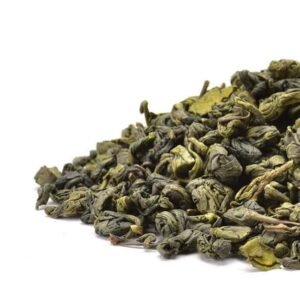
Organic Gunpowder Green Tea (Zhu Cha)
$11.90 – $19.90Price range: $11.90 through $19.90 Select options This product has multiple variants. The options may be chosen on the product page -
Sale!
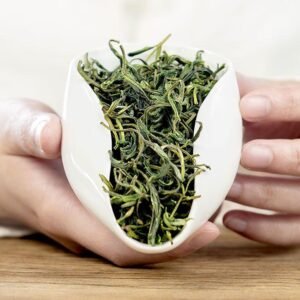
Huang Shan Mao Feng Green Tea
$18.80 – $38.90Price range: $18.80 through $38.90 Select options This product has multiple variants. The options may be chosen on the product page -
Sale!

Award Winning Organic Superfine Dragon Well Long Jing Green Tea
$22.90 – $42.90Price range: $22.90 through $42.90 Select options This product has multiple variants. The options may be chosen on the product page -
Sale!

Award Winning En Shi Yu Lu Green Tea
$23.80 – $40.80Price range: $23.80 through $40.80 Select options This product has multiple variants. The options may be chosen on the product page






Reviews
There are no reviews yet.